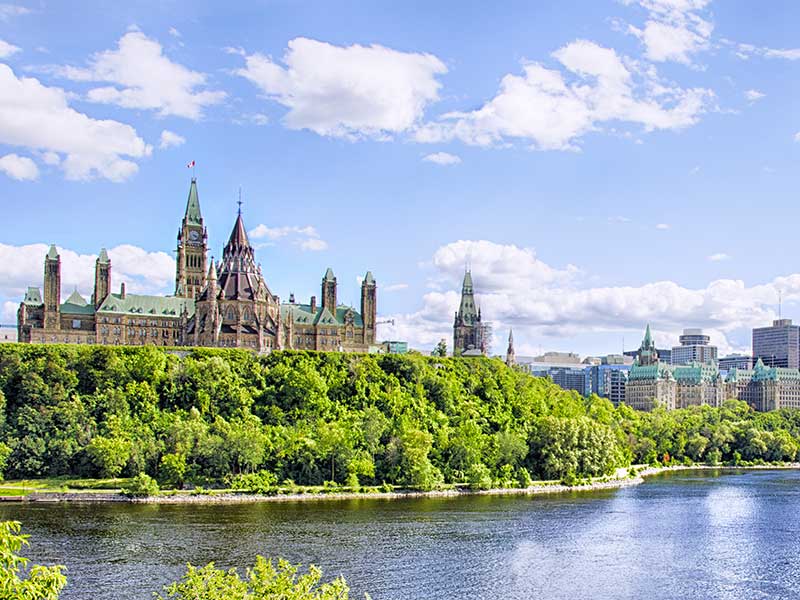
This article appears in the February 2021 issue of Investment Executive. Subscribe to the print edition, read the digital edition or read the articles online.
With the exception of a couple of speed bumps — a disgraced governor-general and impatience regarding vaccine rollouts — the federal Liberals are heading to another election victory, possibly this spring. But the election that follows will be a much harder one to win.
Sure, vaccine delays have cost the Liberals in the polls. But there has been no surge in support for the Opposition parties, suggesting the issue will die down once vaccines rollouts begin to flow.
The Liberals’ fall economic statement was successful market-testing for the upcoming 2021 federal budget. Finance Minister Chrystia Freeland is holding virtual town halls and focus groups to fine-tune how the budget will resonate with the party’s target voters.
A clear brand is a trusted brand, and the Liberals know that. That is why they introduced a tough climate change policy with higher carbon taxes in November. In the words of conservative commentator Gerry Nicholls, Prime Minister Justin Trudeau is casting himself as the Winston Churchill of the war on climate change. That role, coupled with reasonably good leadership during the pandemic, isn’t a bad image to have before an election.
The Conservatives used to know the importance of brand clarity. Conservative Leader Erin O’Toole is trying to rebrand his party (to what, we’re not sure). But rebranding will take more than throwing Derek Sloan out of caucus. Until recently, O’Toole and others were using Trumpy-sounding rhetoric that voters won’t forget for a while. At this point, Cardinal Richelieu couldn’t get the Conservatives in shape for the next election.
As for the Liberals, they’d do well to remember that running a multi-term government takes more than branding. The Liberals have looked good over the past four years compared to the U.S. And with interest rates below inflation, a deficit just south of $400 billion hasn’t been a political liability.
But low rates won’t last forever. “We will keep the rates where they are until 2023,” Bank of Canada Governor Tiff Macklem said on Dec. 9 — remarkably frank words from a central banker. The BoC anticipates it will reach its 2% inflation target by then and won’t need such low interest rates any longer.
If the BoC were to hit its inflation goal before Ottawa’s planned $100-billion stimulus succeeds, the Liberals’ agenda would no longer coincide with the BoC’s.
The prime minister seems to be conscious of the tough choices ahead. Today’s Trudeau is more mature — and ruthless — than the youthful guy Canadians fell in love with several years ago.
How will Trudeau continue to stuff the social-spending envelope while keeping income taxes low? How does Ottawa avoid slapping a capital gains tax on the sale of people’s homes? Or a GST increase? Or a higher inclusion rate on capital gains?
U.S. President Joe Biden has promised to hike the U.S. corporate tax rate back to 28% to wipe out his predecessor’s seven-point reduction. Trudeau will probably be able to raise the corporate tax rate by a few points from the current 21% and stay fiscally competitive.
Taxing the wealthy may be a popular sentiment, but sticking it to the wealthy never raises the money governments expect. Taxing tech giants may not be a panacea either.
However, Quebec, Saskatchewan and British Columbia were able to force Netflix and other foreign streaming services to pay provincial sales taxes without a fight. We can expect Ottawa to enact its own “Netflix tax’’ in the next term.
Still, the Liberals know voters can be fickle: back in 2006, the Grits couldn’t get re-elected despite a $3-billion budget surplus.
A surplus of any kind is unlikely two elections from now. In the interim, the Trudeau government will have had to make tough decisions that will burn a lot of political capital.
Regulators must stand firm on binding authority for OBSI
Editorial: The idea that OBSI is biased against the industry doesn’t fit with the facts